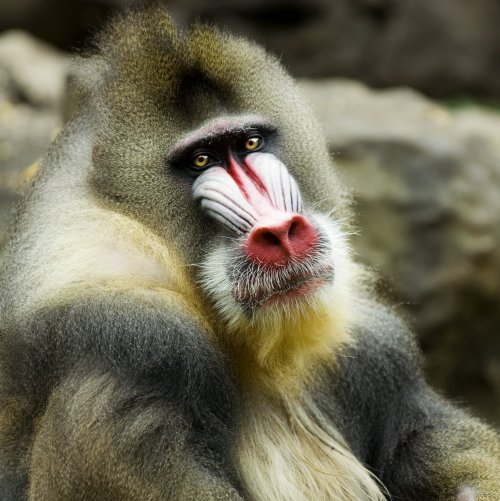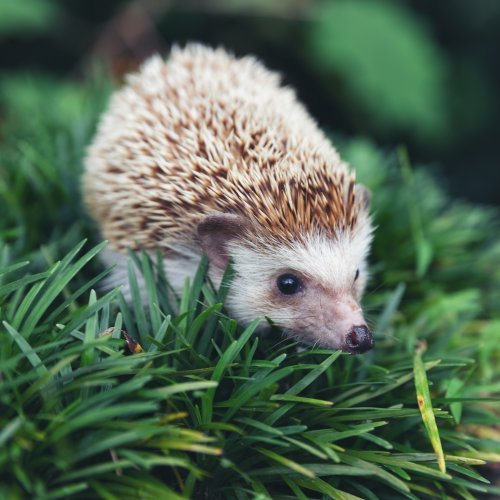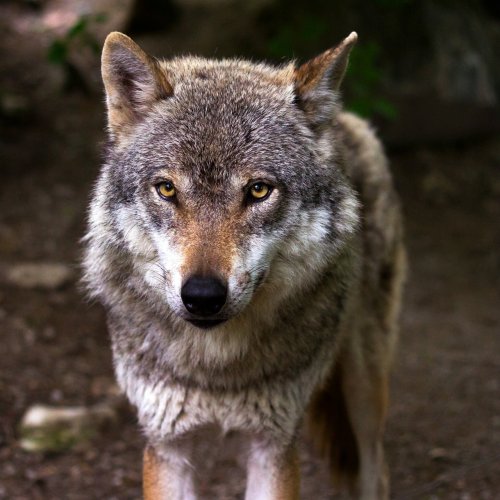Quiz: Guess a Wild Animal from a Photo

Free online printable quiz with multiple-choice questions (MCQ) without registration.
Animals, in all their diversity, is an extremely interesting topic, to which we have devoted a lot of quizzes, crosswords, puzzles and other material on our project. In this case, especially popular are tests, where we offer you to know the animal from the photo.
The Quiz "Guess a wild animal from a photo" is one of these. We have prepared several interesting questions for you, each with a picture and hints. Test your knowledge!
Test yourself
Found a mistake? Select it and press Ctrl+Enter
For each question choose one of the multiple answers then click done to check your results.




